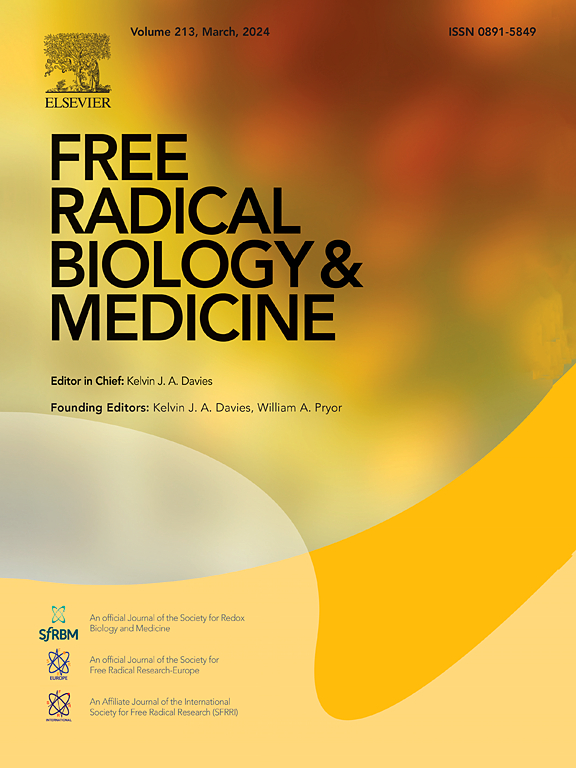Energy metabolism rewiring following acute UVB irradiation is largely dependent on nuclear DNA damage
IF 7.1
2区 生物学
Q1 BIOCHEMISTRY & MOLECULAR BIOLOGY
引用次数: 0
Abstract
Solar ultraviolet B (UVB) radiation-induced DNA damage is a well-known initiator of skin carcinomas. The UVB-induced DNA damage response (DDR) involves series of signaling cascades that are activated to maintain cell integrity. Among the different biological processes, little is known about the role of energy metabolism in the DDR.
We sought to determine whether UVB-induced nuclear and/or mitochondrial cyclobutane pyrimidine dimers (CPDs) alter cellular energy metabolism. To gain insight into this question, we took advantage of keratinocytes expressing nuclear or mitochondrial CPD photolyase. Applying a quantitative proteomic approach and targeted metabolomics, we observed biphasic alterations in multiple metabolic pathways and in the abundance of various metabolites, largely influenced by the presence of genomic CPDs. The heightened oxygen consumption rate post-irradiation, along with mitochondrial structural rearrangements, was found to be dependent on both mitochondrial and nuclear CPDs.
Understanding the influence of nuclear and mitochondrial DNA damage on keratinocyte responses to UVB irradiation deepens current knowledge regarding skin cancer prevention, initiation, and therapy.

急性中波辐射后的能量代谢重组在很大程度上依赖于核DNA损伤。
太阳紫外线 B(UVB)辐射诱导的 DNA 损伤是众所周知的皮肤癌诱因。紫外线 B 诱导的 DNA 损伤反应(DDR)涉及一系列信号级联,这些信号级联被激活以维持细胞的完整性。在不同的生物过程中,人们对能量代谢在 DDR 中的作用知之甚少。我们试图确定 UVB 诱导的核和/或线粒体环丁烷嘧啶二聚体(CPDs)是否会改变细胞的能量代谢。为了深入了解这一问题,我们利用了表达核或线粒体 CPD 光解酶的角质形成细胞。应用定量蛋白质组学方法和靶向代谢组学,我们观察到多种代谢途径和各种代谢物丰度的双相变化,这在很大程度上受到基因组 CPD 的影响。研究发现,辐照后氧消耗率的增加以及线粒体结构的重排都取决于线粒体和核 CPD。了解核DNA和线粒体DNA损伤对角质细胞对紫外线照射反应的影响,加深了目前对皮肤癌预防、诱发和治疗的认识。
本文章由计算机程序翻译,如有差异,请以英文原文为准。
求助全文
约1分钟内获得全文
求助全文
来源期刊

Free Radical Biology and Medicine
医学-内分泌学与代谢
CiteScore
14.00
自引率
4.10%
发文量
850
审稿时长
22 days
期刊介绍:
Free Radical Biology and Medicine is a leading journal in the field of redox biology, which is the study of the role of reactive oxygen species (ROS) and other oxidizing agents in biological systems. The journal serves as a premier forum for publishing innovative and groundbreaking research that explores the redox biology of health and disease, covering a wide range of topics and disciplines. Free Radical Biology and Medicine also commissions Special Issues that highlight recent advances in both basic and clinical research, with a particular emphasis on the mechanisms underlying altered metabolism and redox signaling. These Special Issues aim to provide a focused platform for the latest research in the field, fostering collaboration and knowledge exchange among researchers and clinicians.
 求助内容:
求助内容: 应助结果提醒方式:
应助结果提醒方式:


